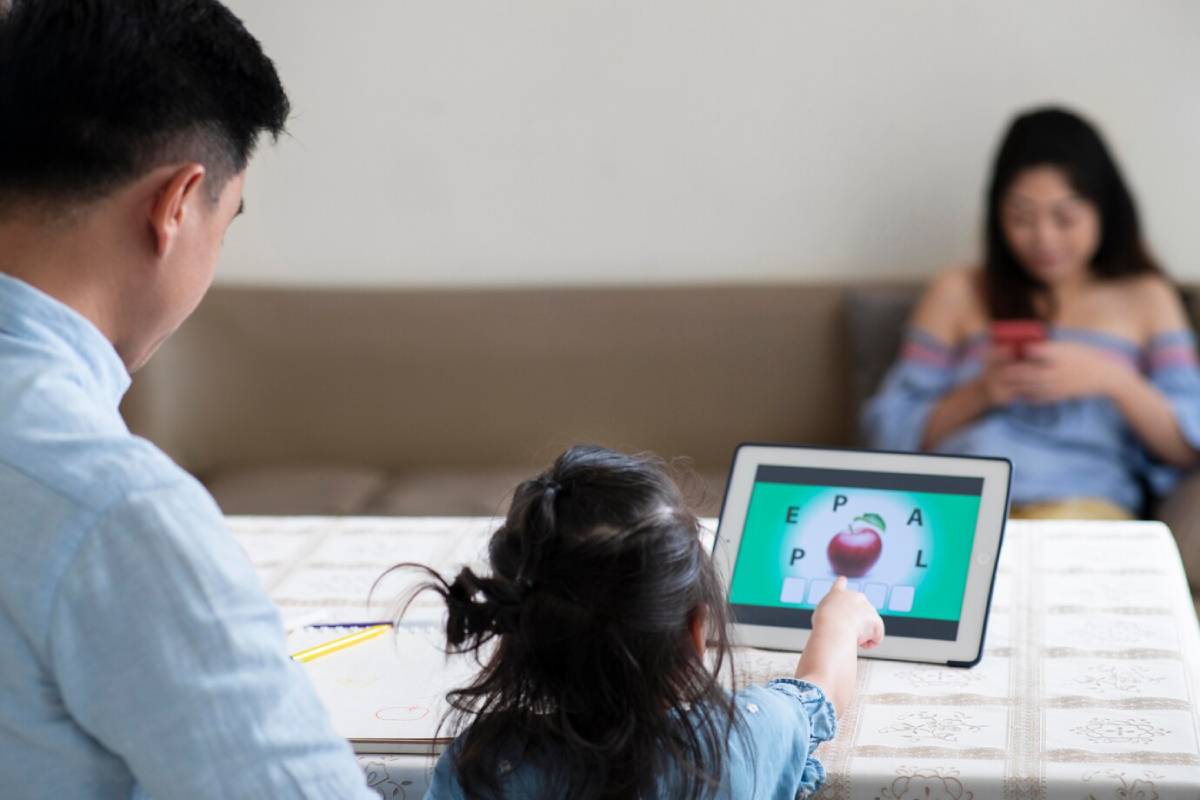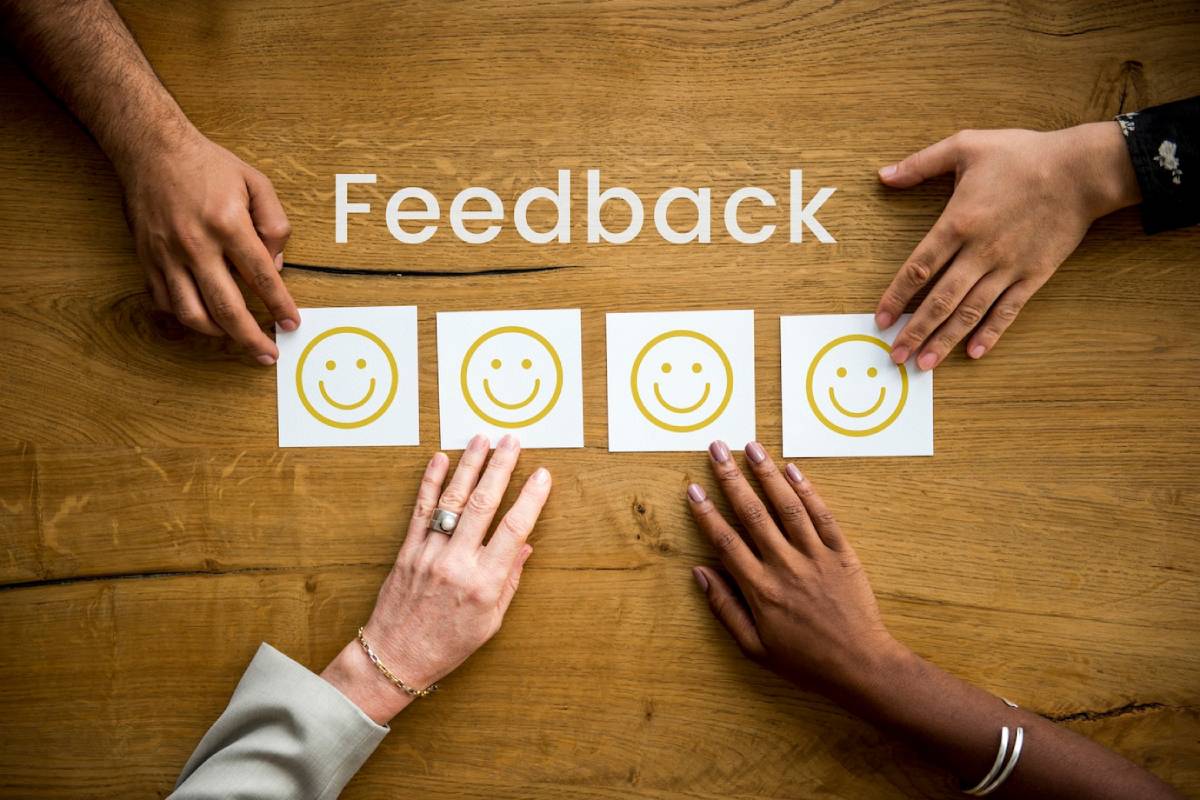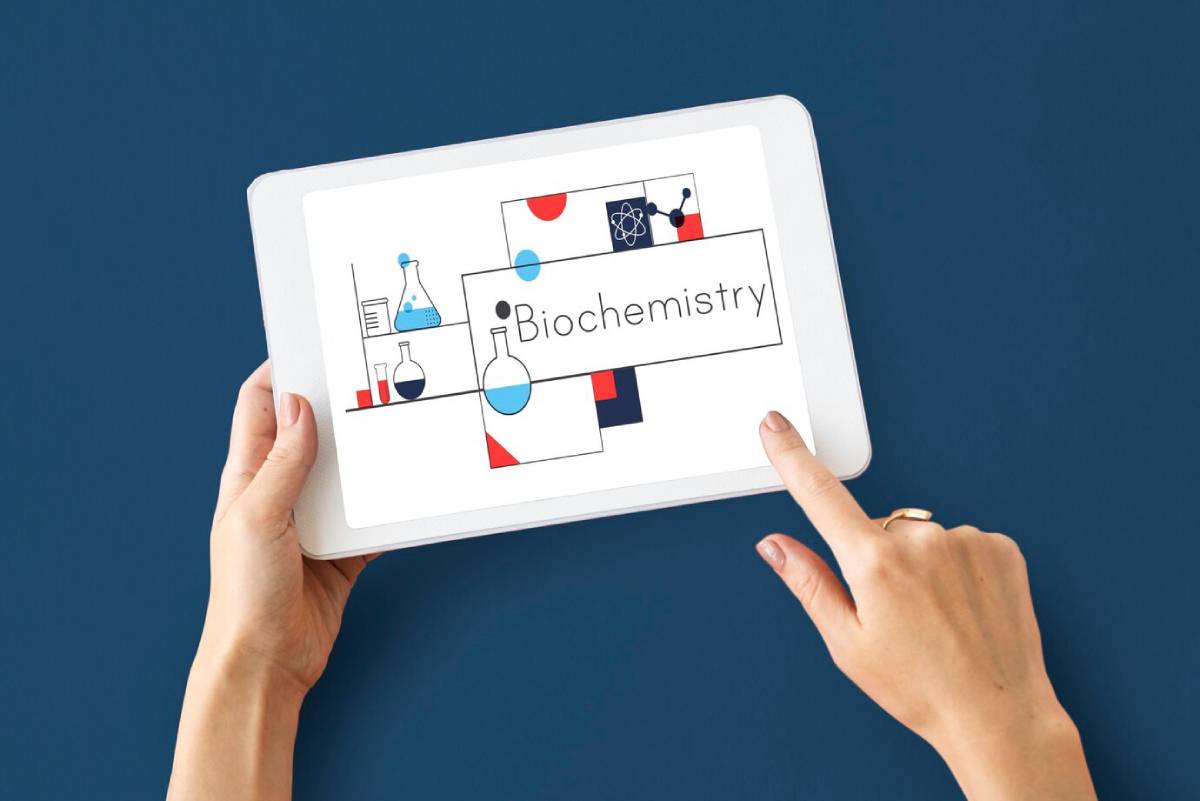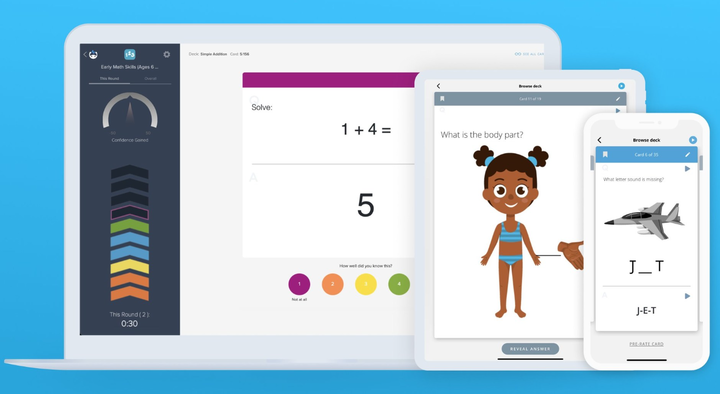
How Gamification Enhances Learning Outcomes
Why Learning Through Games Works
Learning isn’t always easy. Sometimes it can feel slow, boring, or too hard to keep going. That’s where gamification can help. Gamification adds game-like features to learning. This includes points, levels, badges, and rewards. These features make lessons feel more fun, more like a game than a task.
You may have noticed gamification in apps like Duolingo. In Duolingo, you earn points for finishing lessons. You can also see it in classrooms, where quizzes have leaderboards. This method helps students stay motivated, get quick feedback, and enjoy what they’re learning.
Gamified learning doesn’t replace normal lessons—it makes them better. It adds fun without losing focus. Teachers, trainers, and course creators use these tools in schools, universities, and online courses. They help learners of all ages stay engaged and progress faster.
In this blog, we’ll look at why gamification matters, what benefits it brings, how to use it well, and what mistakes to avoid. Gamification can boost results and make learning fun for teachers, students, and learning designers.

Why It Matters: A New Way to Engage the Modern Learner
Today’s learners are used to fast-paced, interactive experiences. From mobile apps to social media, most people expect instant feedback and clear progress. Traditional learning methods often struggle to meet these expectations.
Gamified learning helps close this gap. By making learning more interactive, it keeps students interested for longer. It lets teachers and trainers give feedback often. This helps reward progress, boosting confidence and motivation.
Meeting Different Learning Styles
People learn in different ways. Some enjoy reading, others prefer listening or watching. Many thrive on active tasks. Gamification supports this variety. It mixes reading with doing, feedback with reflection, and even collaboration with competition. That makes it easier to reach different learners in the same group.
Key Benefits of Gamified Learning
1. Increased Motivation
Game elements like levels and points can give learners small goals to reach. Quick wins boost motivation. They help learners stay on track, even when the subject gets tough.
2. Better Engagement
Interactive tasks, progress bars, and rewards help learners stay focused. They become more involved in their own learning and are less likely to feel bored or lost.
3. Improved Retention
When students are emotionally involved in a task, they tend to remember it better. Gamification uses this by creating challenges that require thinking, planning, and solving. This helps knowledge stick.
4. Real-Time Feedback

In a game, you know straight away if you’re doing well. Gamified learning does the same. It helps learners see what they’re doing right or wrong so they can improve quickly.
5. Encourages Healthy Competition
Leaderboards or team tasks bring friendly competition into learning. This can drive effort and teamwork without adding stress, especially if done with care.
Expert Tips and Common Mistakes to Avoid
Tips for Effective Gamified Learning

- Start with clear learning goals: The game elements should support what you’re trying to teach, not distract from.
- Use simple mechanics: Points, progress bars, and badges are often enough. You don’t need a full game.
- Give regular feedback: Let learners see how they’re doing. Progress should be easy to track.
- Keep it inclusive: Not all students like competition. Mix individual and group tasks to suit different styles.
- Use storytelling: A simple storyline or theme can make learning more memorable and enjoyable.
Mistakes to Avoid
- Too much focus on rewards: Don’t let points become the only reason learners take part. Keep the learning meaningful.
- Over-complicating the design: Learners will lose interest if the system is hard to use or confusing.
- Lack of alignment with content: Game elements should support what’s being taught. They shouldn’t feel forced or unrelated.
- Ignoring feedback: Always test your gamified tools with real learners and make improvements based on what they say.
Advanced Insights and Expert Recommendations
Gamification Isn’t One-Size-Fits-All
Experts agree: gamification works best when it’s tailored. A 10-year-old may be motivated by different things than a university student or a corporate trainee. The challenge is finding the right mix of fun and function for each group.
The Role of Technology
Technology plays a big role in making gamified learning possible. Online platforms, apps, and learning management systems (LMS) help track progress. They also provide rewards and adjust content based on performance. But it’s not about using tech for the sake of it—it’s about using it to support better learning.
Blending Games with Real Learning Tasks
A great strategy is to mix game elements with real educational tasks. For example, students can unlock a new video after finishing a quiz. They can also earn a badge for completing a writing challenge. These small steps keep learners moving forward while staying connected to real goals.
Conclusion: Making Learning Feel Rewarding
Learning should feel rewarding, not frustrating. Gamification helps turn difficult or dull tasks into something more exciting. It adds small goals, rewards progress, and keeps people coming back. It doesn’t need fancy games or big budgets—just the right ideas in the right places.
Gamification boosts motivation. It improves memory and makes lessons more engaging. Keep it simple. Make sure it fits your learning goals. Also, watch how learners respond.
Not every person learns the same way, so flexibility is important. Use a mix of solo tasks, team activities, and gentle competition. Be sure to track progress and celebrate achievements along the way.
In the end, the goal of a gamified learning routine isn’t just to make lessons more fun—it’s to help people learn better. When done right, it builds confidence, keeps people interested, and helps them reach their goals step by step.
Whether you’re teaching others or learning something new yourself, gamification is a tool worth exploring. It brings energy to the learning process and helps everyone stay on track, one badge or level at a time.


